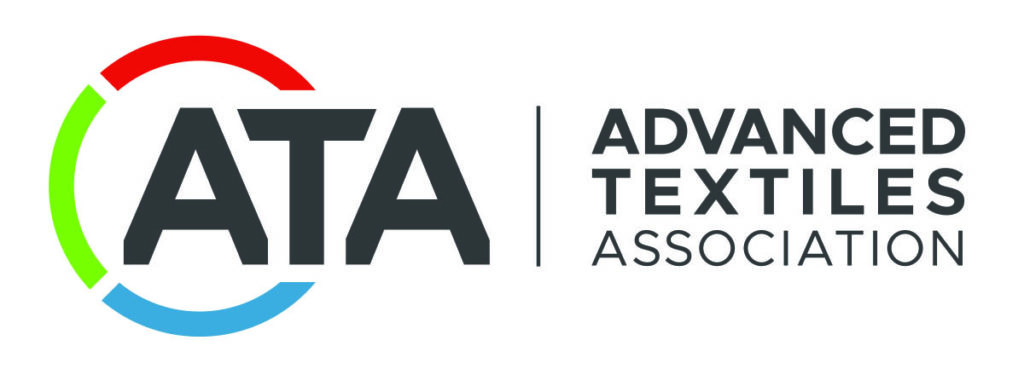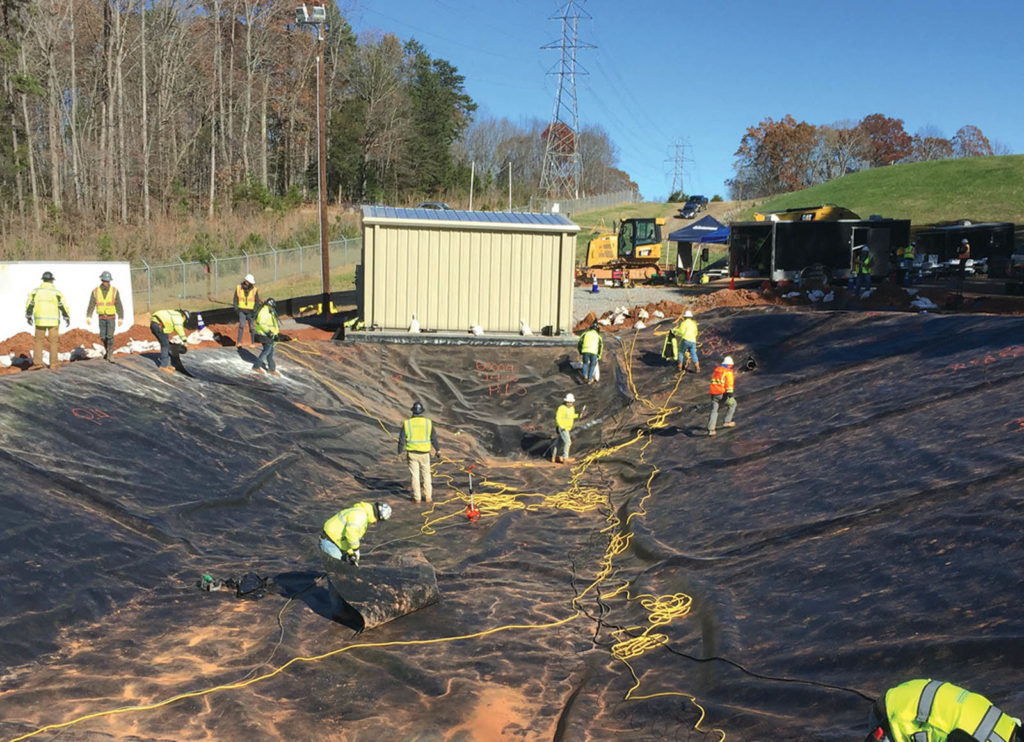TSMO award winners announced
October 4th, 2022
The National Operations Center for Excellence (NOCoE) has named the winners of its 2022 Transportation Systems Management and Operations or TSMO Awards. This annual contest celebrates TSMO strategies and tools that leverage existing infrastructure to increase safety and reliability. Each year, NOCoE also develops case studies for each winning entry as well as for many of the other […]
Webinar – The Impact of Geosynthetics on Site Design – October 12
October 3rd, 2022
A webinar by Peter Hanrahan on The Impact of Geosynthetics on Site Design will take place on October 12, 2022 from 12 p.m. to 1 p.m. ET. 1 PDH credit is available and you can register here. Up until midway through the 20th century, roadway designers, site managers and installers had few options available for soil […]
Geogrid durability and cement
October 1st, 2022
Q: I am searching for data or specifications pertaining to long-term degradation resistance of geogrid exposures to cement—more specifically, cement-treated soils. Your assistance would be greatly appreciated. A: Thank you for your question on geogrid durability in the presence of cement. This is not an issue for most polyolfin (polypropylene [PP] and polyethylene [PE]) geogrids. […]
A new name and other exciting changes
October 1st, 2022
As fall and winter approach, so do the many expos and conferences Advanced Textiles Association and Geosynthetics participate in. In mid-October our very own IFAI Expo, co-located with Sun Shading Expo North America, will take place October 12 through 14 in Charlotte, N.C. GMA Fall 2022 Lobby Days in Washington, D.C., follows on November 15 […]
Underwater wick drain installation
October 1st, 2022
Q: We have an underwater wick drain application in the Delaware River adjacent to the Delaware Memorial Bridge. S. T. Hudson Engineers Inc. is working with the Delaware River & Bay Authority (DRBA) on a ship collision protection system (SCPS) at the piers in the river. There is up to 50 feet (15 m) of […]
Designing Reinforced Soil Structures
October 1st, 2022
Q: Why is strain compatibility important in designing reinforced soil walls? A: When designing reinforced earth structures, a vital aspect is the interaction between the reinforcement and the compacted soil, as this governs the overall stability of the structure. The main function of the reinforcement is to redistribute the stresses within the soil structure to […]
Liner system leakage estimations
October 1st, 2022
Q: What is the anticipated leakage rate through a composite liner (i.e., geomembrane on low-permeability soil) system? A: The best way to answer this is with data. Action leakage rates (ALRs) are design targets for landfill containment facilities. Accurate estimations of liner system leakage are crucial for assessing the environmental impact of landfill containment systems. […]
Advanced Textiles Association introduces new logo, division name
October 1st, 2022
As discussed in the June/July issue of Geosynthetics, our association, Industrial Fabrics Association International (IFAI), has selected a new name, Advanced Textiles Association (ATA). And with the new name comes a new logo—as well as a new division name. On June 1, the IFAI rebranded as ATA to “reimagine” what IFAI can and must be […]
Wick drain installation considerations
October 1st, 2022
Figure 1. Prefabricated vertical wick drain installation at Rainy River Wick drains are one of the most common and cost-efficient ground improvement techniques for soft fine-grained soils. Over the years, there has been substantial development on wick drain design methods; however, construction considerations may have not been sufficiently considered during the design phase. Failure to […]
Geomembrane destructive testing
October 1st, 2022
Figure 1. Site 1 pond replacement For almost 40 years, the generally accepted destructive test rate for geomembrane seaming has been one sample for every 500 feet (152 m) of seam. On large projects this leads to hundreds of holes cut into liners that engineers, manufacturers and installers work very hard to make leak proof. […]
 TEXTILES.ORG
TEXTILES.ORG





